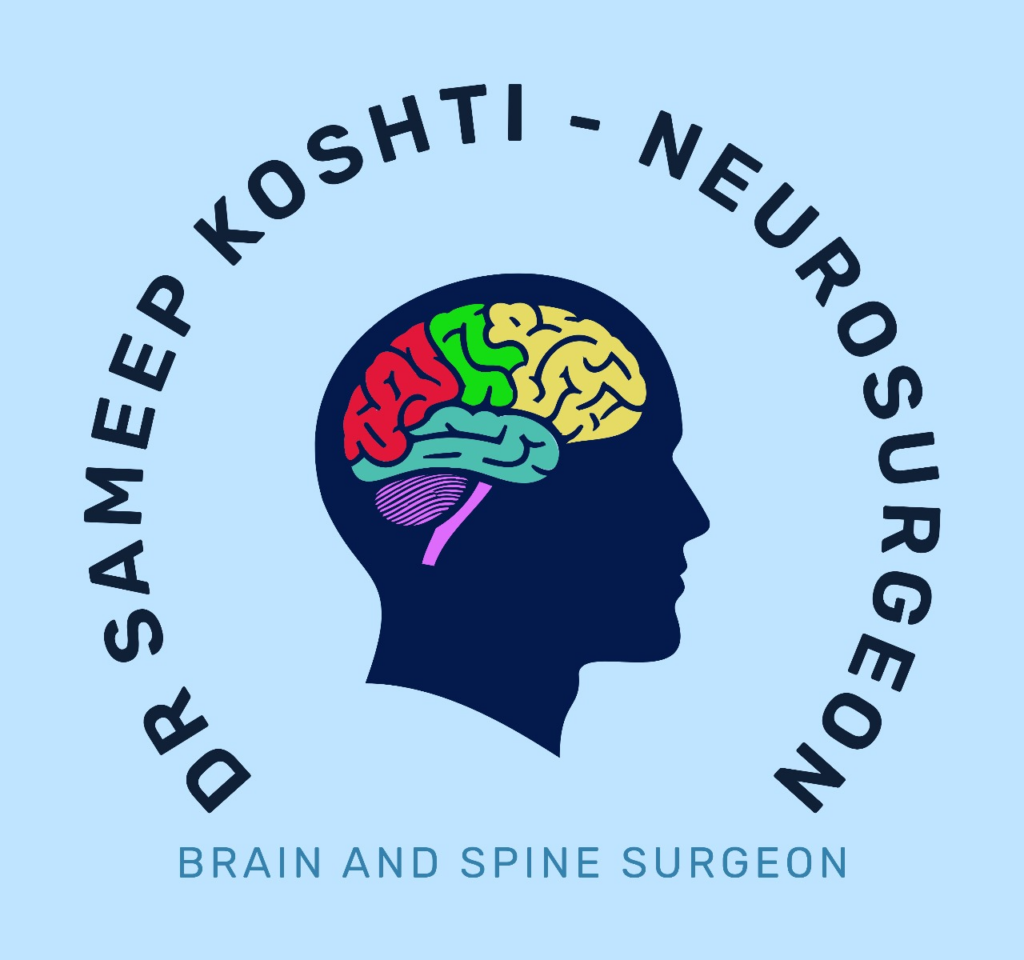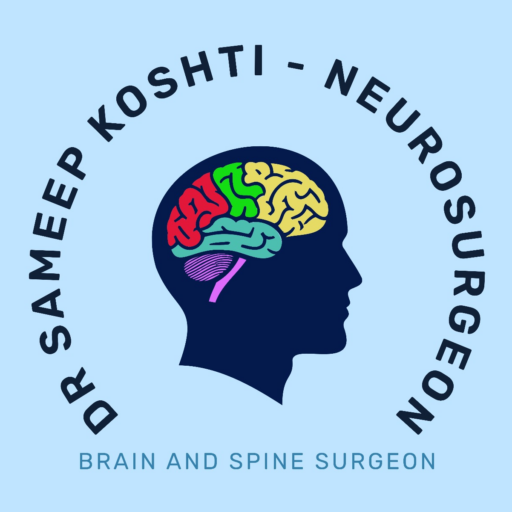Undergoing a discectomy can be a daunting experience. It involves removing a damaged disc in the spine to relieve pain. Understanding the process from surgery to recovery can make this journey smoother. Preparation is key, and knowing what to expect helps ease anxiety. Additionally, the advantages you gain, such as pain relief after the surgery, highlight the benefits of discectomy.
Recognizing the Symptoms and Importance of Timely Intervention
A slipped disc can cause various symptoms. Common ones include constant back pain, tingling, or numbness in your legs. Sometimes there might be muscle weakness in certain areas. If you’re experiencing any of these, seek medical advice promptly.
Timely intervention is crucial. Delaying a visit to the doctor might lead to worsening symptoms or additional complications. Early treatment can prevent further damage and enhance the outcome. The more you wait, the bigger the risks you face. Seeking help at the right time can significantly enhance the benefits of discectomy, offering you relief and a better quality of life.
Types of Spinal Discectomy Procedures
There are several methods for performing a discectomy. The difference between open and minimally invasive procedures lies in the approach and recovery time. For instance, open surgery involves a larger incision, while minimally invasive methods use smaller cuts.
Your doctor will determine the most suitable option based on your specific condition. Generally, minimally invasive techniques are preferred when possible due to quicker recovery times.
Importance of Pre-Surgery Planning and Preparation
Before your discectomy, planning is vital. Firstly, you will have several pre-operative consultations. During these, doctors will run necessary tests to ensure you’re healthy enough for surgery.
Lifestyle adjustments may be required, such as quitting smoking or managing weight. Preparing a support system is equally essential. You might need help at home after the procedure, so arrange for family or friends to assist you.
Don’t forget about hospital essentials. Pack a small bag with items like:
- Comfortable clothing.
- Toiletries.
- Important documents.
Being prepared sets the stage for a smoother surgery day and enhances the benefits of discectomy.
The Day of Surgery: What To Expect
When the big day arrives, you will start by completing the arrival and registration process at the hospital. Next, you’ll meet your surgical team, who will explain the discectomy procedure and answer any remaining questions.
The surgery itself involves removing the damaged part of your spinal disc. Right after, you’ll be moved to a recovery room. Here, nurses will closely monitor your immediate post-operative care. You should feel less pain quickly, and although you might feel groggy, this will pass as the anesthesia wears off.
Recovery in Hospital: Managing Pain and Exercises
Post-surgery, managing pain effectively is vital. Your medical team will likely provide medications to help. Pain management techniques are essential in the first few days to keep discomfort at bay.
You will also be guided on initial mobility exercises. These gentle movements help in regaining strength and preventing stiffness. Typically, you might need to stay in the hospital for a few days, depending on your progress and the doctor’s advice.
Creating a Recovery-friendly Home Environment
Preparing your home for your return is important. Follow discharge instructions carefully. Arrange your living space to accommodate your recovery needs, like placing regularly used items within easy reach.
Setup tips include organizing the living area to reduce movements that stress your back. Follow-up appointments are crucial. They track your recovery and ensure everything is going well.
Home modifications might involve:
- Adding supportive equipment, such as a shower chair.
- Setting up a comfortable resting area.
These steps will ensure a smoother transition and highlight the benefits of discectomy as you recover comfortably at home.
Lifestyle Modifications: Diet and Posture Management
Diet plays a vital role in recovery post-discectomy. Focus on nutrient-rich foods that aid healing. Incorporate plenty of fruits, vegetables, and proteins into your meals.
Mind your posture too. Keeping a good posture supports spine health and prevents future issues. Simple posture tips include sitting straight and using ergonomic furniture.
Preventative measures also matter. Regular exercise and avoiding heavy lifting guard against future disk problems. These adjustments aren’t just about now; they’re about ensuring long-term spine health.
Physical Therapy: A Key to Long-term Success
Post-surgery, starting the rehab and therapy phase is crucial. Physical therapy helps strengthen your back and improve mobility, maximizing the benefits of discectomy.
Home exercises complement your therapy sessions and should be done regularly. The long-term rewards of committing to physical therapy include greater strength, flexibility, and a lower chance of future spine issues.
Returning to Everyday Activities Safely
After a discectomy, you can return to everyday activities, but safely. Generally, doctors advise when it’s safe to resume work and chores.
Follow guidelines for gradually increasing activity levels. Start with short walks, then slowly incorporate more tasks as your spine heals. Keep in touch with your healthcare provider to ensure you’re on track to a complete recovery.
Long-term Success and Maintenance Post-Discectomy
Outcomes of a successful discectomy include reduced pain and improved mobility. To maintain these results, adapting to necessary lifestyle changes is crucial.
Continue practicing good posture and diet habits. Regular check-ins with your doctor ensure long-term success. Consistent care and maintenance help extend the benefits of discectomy into your daily life.
Potential Complications and When to Seek Medical Assistance
Awareness of potential complications post-discectomy is important. Signs include severe pain, fever, or unusual swelling at the surgery site.
If you experience these symptoms, promptly consult your healthcare provider. Early intervention can tackle complications effectively, preventing long-term problems.
Conclusion: Embracing the Recovery Journey
Navigating the discectomy journey from surgery to recovery is a detailed process. Remember the steps: seek early help, prepare adequately, and follow post-surgery advice.
Patience is vital. Healing takes time, but the benefits of discectomy are worth every step. Stay positive and embrace this journey towards a pain-free life.
For comprehensive care and recovery support, reach out to Sameep Kosthi for expert assistance every step of the way.



